Parental pause benefits are a huge win for new parents, but is it better to be a Qantas or Velocity member when you’ve got a little one?
Got small children or planning to expand your family? Travel tends to come to somewhat of a halt when you welcome a child into the world, but that doesn’t mean you have to slip down the status ladder.
Both Qantas and Velocity frequent flyer programs offer a suite of features that benefit travelling families, including family pooling, family transfers and status hold schemes for new parents.
We’ve crunched the numbers to help you decide which program best aligns with your family’s travel needs. Let’s get started.
What is a status hold?
Status holds – also known as membership pauses – are a family-friendly feature for frequent flyers who hold status.
Some frequent flyer programs allow you to pause membership for a certain period of time when there’s been a new addition to your family, meaning your status will remain intact once you emerge from the baby bubble.

Qantas status hold vs Velocity parental pause
There are pros and cons when it comes to status hold benefits across Qantas and Velocity, so it really comes down to individual needs.
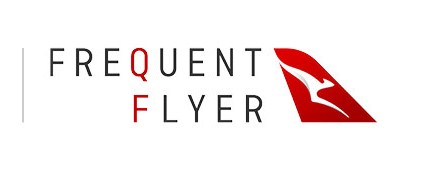
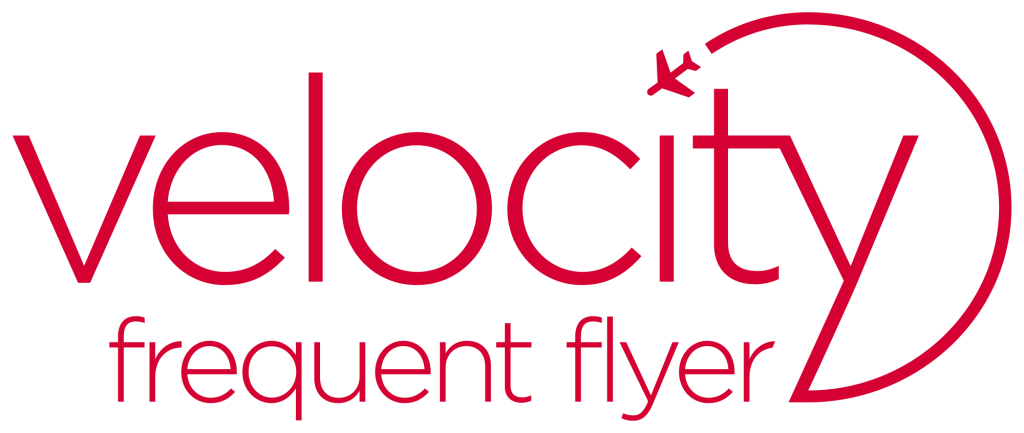
The table below two programs compare at a glance:
| Program feature | Qantas status hold | Velocity parental pause |
|---|---|---|
| Who qualifies? | Silver, Gold, Platinum or Platinum One members of all genders | Silver, Gold and Platinum members of all genders |
| Required proof | Proof of at least six consecutive months of leave from paid employment, doctor’s letter, adoption registration form or foster carer placement plan. | No requirement |
| Status hold length | 18 months | Six-month pause, followed by a 12-month renewal |
| How often can you use the benefit? | Twice in a five-year period | Once every 24 months |
| Age of children | Six months for biological parents, three years for adoptive parents and 16 years for foster parents. | Two years and under |
Who Qualifies for Qantas and Virgin Australia status holds?
Whether or not you can make the most of parental status hold benefits depends entirely on if you’re eligible for a pause.
Qantas Frequent Flyer members of all genders who hold Silver, Golf, Platinum or Platinum one status can take advantage of a status hold, providing they are taking at least six consecutive months of leave from paid employment.
While you’ll need to be expecting a child of your own in the coming three months, you’ll have up until a biological child is six months old to apply for a status hold.
Qantas also recognises adoptive and foster parents, who can apply three months before taking a child in, or until a child is three and 16 years old respectively.
Velocity Frequent Flyer members of all genders who hold Silver, Gold and Platinum status, on the other hand, can apply for a membership pause when caring for (or preparing to care for) a child aged under two years of age, including adopted or fostered children.
There’s much less paperwork for Velocity members, who don’t need to provide any proof of leave from employment.
However, it’s worth noting that those who hold Velocity Pilot Gold status won’t be eligible for the parental pause benefit.
What do I need for a Qantas or Virgin Australia status hold?
As we mentioned above, Qantas requires you to provide a reasonable amount of documentation when applying for a status hold. As such, we think Virgin Australia comes out on top here.
Qantas Frequent Flyer members will need:
- A letter from your employer confirming at least six months of consecutive leave (this can be paid, unpaid or both)
- A doctor’s letter advising the expected due date if you’re applying before the child is born (for biological parents)
- Birth certificate if you’re applying after the child is born
- Adoption registration (for adoptive parents)
- Foster carer placement plan (for foster parents)
Virgin Australia has less defined requirements, with no formal requirement for documentation. Velocity simply states that members “may be required to provide verification to complete the application” at their discretion.
How long do Qantas and Virgin Australia status holds last?
The extra paperwork may be worth it for Qantas Frequent Flyer members, who are able to keep their status for longer those applying for a Velocity parental pause.
Qantas status holds allow members to keep their tier for 18 months without flying. This means that any status credits already earned will be transferred to the next membership year, allowing you to hold onto that status.
Should you start flying and consequently bump up to a higher membership tier, your status hold will automatically end, and you’ll be on your own.
Velocity isn’t as generous with the status credits, which continue to expire after a six-month pause. However, after this, your current membership level will hold true for a further 12 months.
How many times can I use Qantas or Virgin Australia status holds
Again, Qantas is more family-friendly when it comes to adopting or fostering a child. While the time between applications varies, Both Qantas and Virgin Australia only allow one status hold application per child.
Qantas Frequent Flyer members can apply for a status hold twice in any five-year period, which means you’ll have the flexibility to adopt or foster two children anywhere within this time frame.
Virgin Australia, on the other hand, only allows members to apply for one parental pause every two years.
For example, this means you would not be able to apply for a second membership pause if you were to have a biological child and then adopt another child within 24 months.
Pros and cons: Qantas Frequent Flyer status hold program

A big upside of Qantas status holds is that your status credit balance at the start of the hold will be maintained until the end of the 18-month period, allowing you to get a head start on your status requirements in the next membership year.
When it comes to status holds, Qantas appears to be the more family-friendly option for adoptive and foster parents.
However, those applying for a Qantas status hold will need to provide detailed supporting documentation.
Pros and cons: Velocity parental pause program
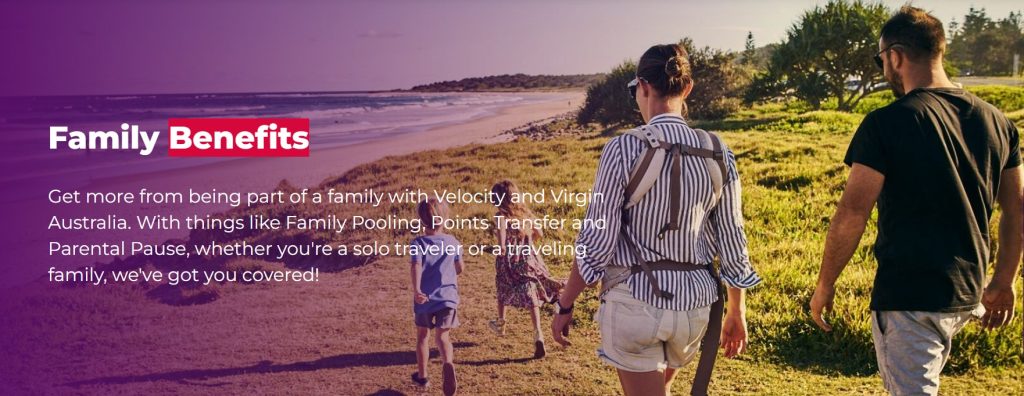
Virgin Australia, however, is more relaxed in terms of paperwork for parental pauses. While you may be asked to provide some proof (at Velocity’s discretion), Velocity members can generally apply for a parental pause without any fuss.
In saying this, Virgin Australia only offers a six-month status pause, after which the current membership tier is renewed for another 12 months. It’s worth noting that the renewed status applies purely to your membership level, and not to any accumulated points or status credits.
Another downside is that Velocity is less generous for adoptive and foster parents, who can still only apply for a pause when caring for a child under two years of age.
Final thoughts
New parents have too much on their plates to be worrying about maintaining their frequent flyer status, which is why status holds are a worthy program benefit.
Qantas and Virgin Australia both offer status hold benefits, each coming with its own up and downsides.
If you’re not opposed to a bit of paperwork, it seems as though Qantas’ status holds cover more bases, especially for adoptive and foster parents.
However, Virgin Australia offers a parental pause that may be better suited to those with a more straightforward process.
Essentially, it all comes down to weighing up your individual needs, but we suggest applying for both a Qantas status hold and Velocity parental pause if you hold status with both frequent flyer programs.
Have you taken advantage of a status hold before? Tell us about it in the comments!
While you’re here: Subscribe to our newsletter for the latest tips, deals and news. It only takes a few seconds and we respect your privacy:



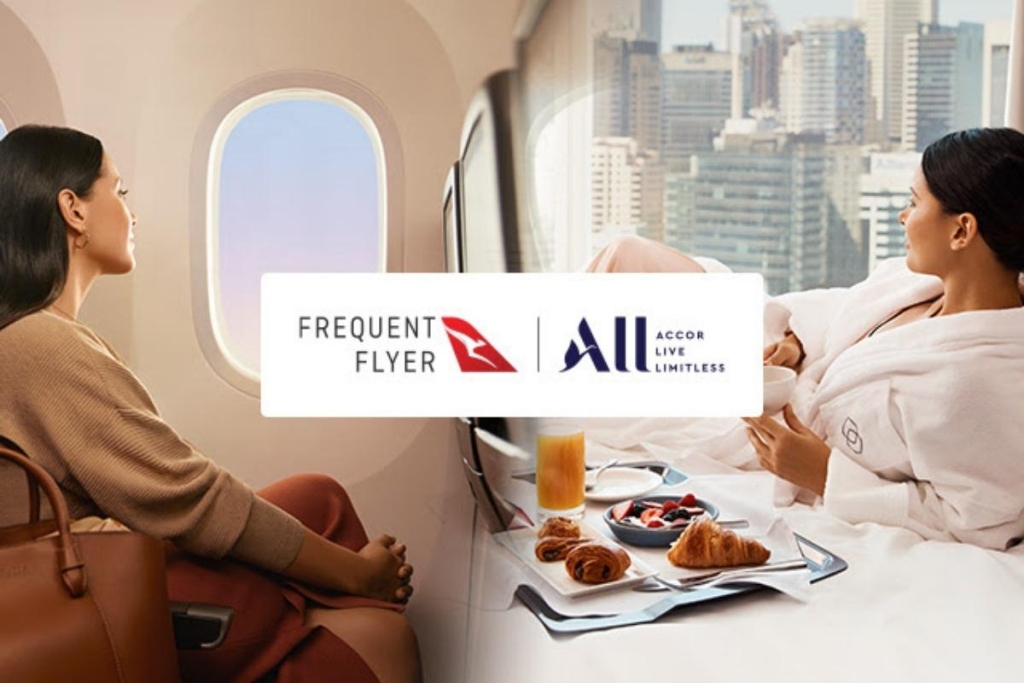
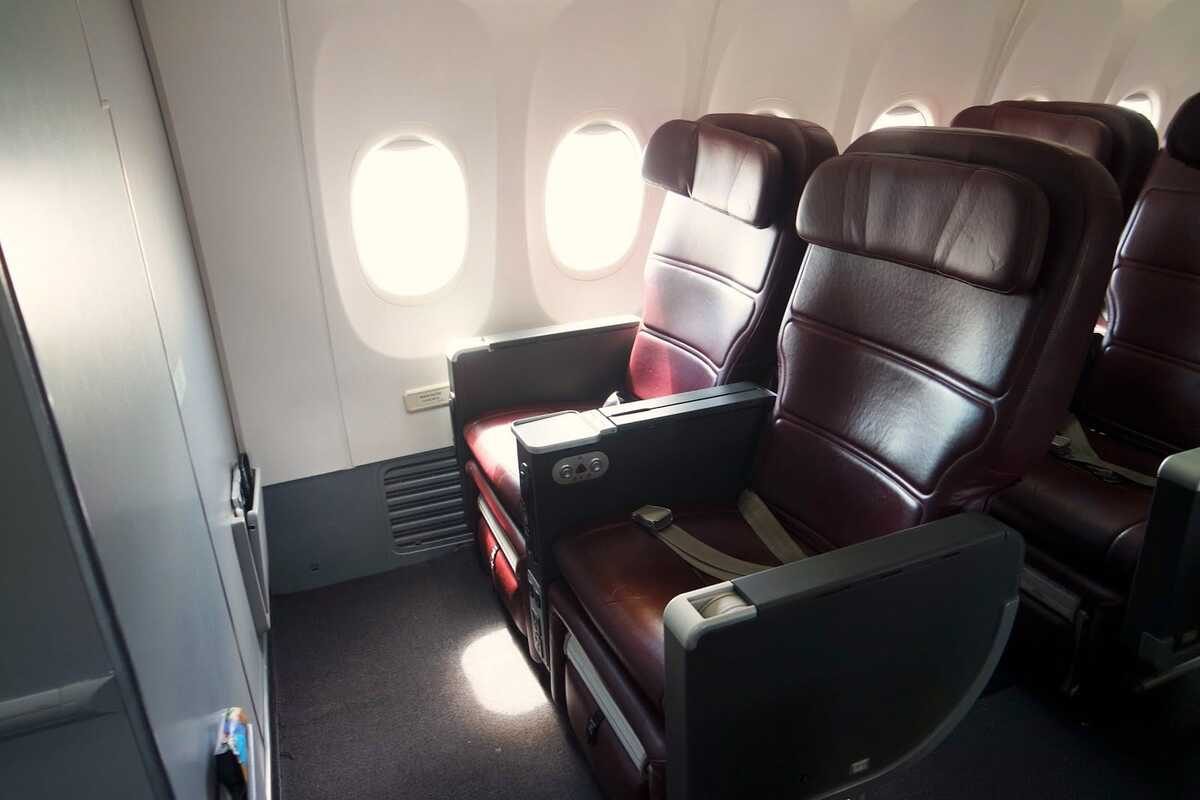
I’m currently Velocity platinum and my review date is 3 June 2023. What does the “pause” really mean? If I pause now will I still keep my benefits during that time and retain my Platinum status for a total of 18 months? Should I hold off for another couple of months to extend out as far as possible?
Hi Dwayne. Thanks for your question. The six-month pause means your status credits will not expire during this time. Once the six-month period is over, your status credits will continue to expire, but you will retain your current membership level for a further 12 months. If you apply for a Parental Pause now, you won’t see any status credits expire until mid September. Seeing as Velocity status credits expire 12 months after they were earned, it depends when yours are due to expire. If you have status credits set to expire before 3 June and you wish to retain your current status, we would suggest applying for a Parental Pause before then. On the other hand, if your status credits begin expiring after your review date, and you’ve earned the required amount of status credits to retain your current status (or achieve higher), it would make sense to push the pause as far as possible (bearing in mind you have until a child is two years of age).